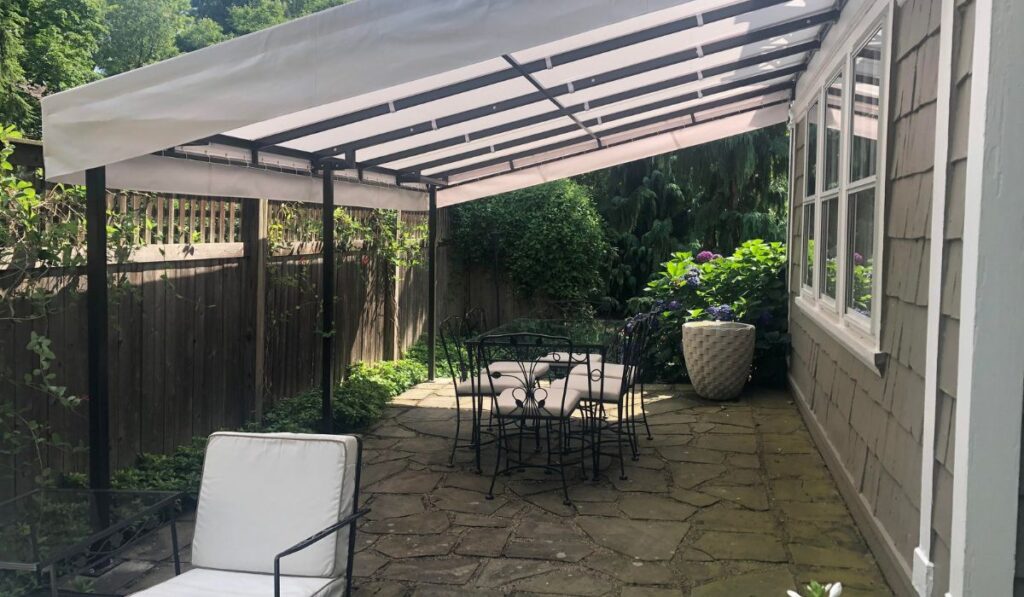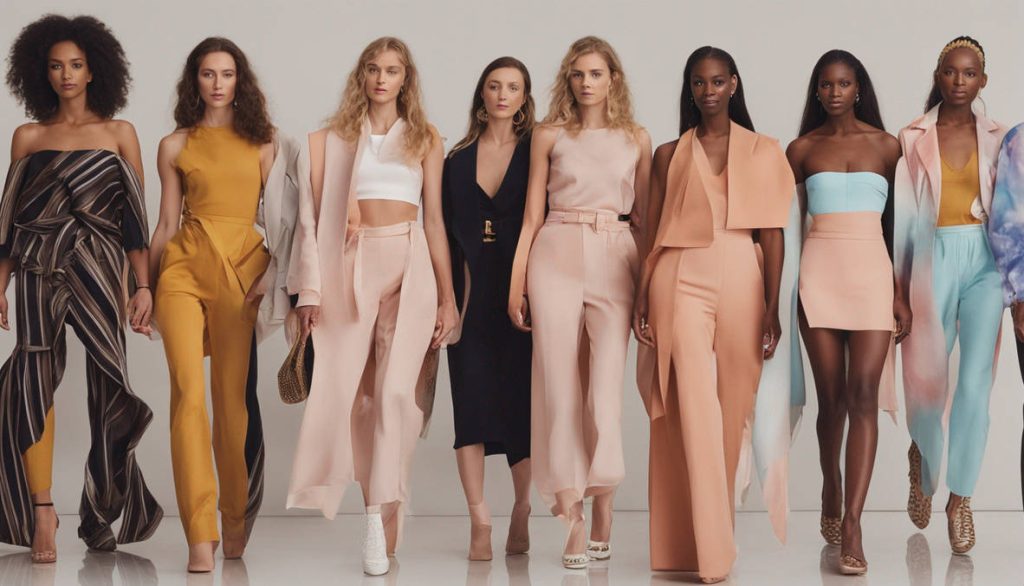When it comes to creating the ideal outdoor space, one of the most important elements to consider is shade. Whether you’re looking to create a relaxing patio retreat, a comfortable dining area, or a shaded play zone for children, fabric awnings are a versatile and stylish solution. These outdoor accessories not only provide protection from the sun but also add to the aesthetic appeal of your home. However, with so many options available, selecting the perfect fabric awning for your outdoor space can be a daunting task. In this article, we will guide you through the process, offering tips and considerations to help you make the best decision for your needs.
Understanding the Basics of Fabric Awnings
Before diving into the selection process, it’s important to understand what fabric awnings are and how they work. Fabric awnings are protective coverings that extend from a structure, such as a building or patio, to provide shade. They are made from a variety of materials, with the most common being acrylic, polyester, and canvas. Awnings are typically installed above windows, doors, or patios, providing shade and protection from the elements. Fabric awnings can either be fixed or retractable, giving you flexibility depending on your space and needs.
Why Choose a Fabric Awning?
There are several reasons why fabric awnings are an excellent choice for outdoor spaces:
-
Aesthetic Appeal: Fabric awnings come in a wide range of colors, patterns, and designs, allowing you to choose one that complements the style of your home or patio. Whether you prefer bold, vibrant shades or more subtle tones, there’s an option that will enhance the beauty of your outdoor area.
-
Energy Efficiency: By blocking direct sunlight from entering your home, fabric awnings can help keep the interior cooler. This can reduce the need for air conditioning, saving energy and lowering utility bills.
-
Protection from the Elements: Fabric awnings offer protection from harmful UV rays, rain, and wind. While not as robust as permanent structures, they still provide a significant amount of shelter, making your outdoor space usable even during less-than-ideal weather conditions.
-
Flexibility: Retractable fabric awnings give you the ability to adjust the shade based on the time of day or weather conditions. If you prefer full sun in the morning and shade in the afternoon, a retractable option allows you to control the coverage.
-
Cost-Effective: Fabric awnings are generally more affordable than permanent structures like pergolas or gazebos. They offer a great balance between cost, functionality, and aesthetics.
Factors to Consider When Choosing a Fabric Awning
Now that you understand the benefits of fabric awnings, it’s time to consider the factors that will influence your decision. Here are the key elements to keep in mind:
1. Purpose and Functionality
Think about how you plan to use your outdoor space and what kind of protection you need. Are you seeking shade for an outdoor dining area, or do you want to protect your windows from the sun’s glare? For larger areas like patios, retractable fabric awnings may be ideal, as they can be extended or retracted depending on the amount of shade needed. If you’re primarily concerned about sun protection over a small window, a fixed awning may be a better fit.
Additionally, consider whether you need your awning to be weather-resistant. If your area experiences frequent rain or strong winds, you may want to choose a more durable fabric or consider a reinforced structure.
2. Fabric Material
The material of the awning fabric is crucial for both durability and performance. The three most common materials used for fabric awnings are acrylic, polyester, and canvas.
-
Acrylic: Acrylic fabric is known for its durability, water resistance, and UV protection. It is a popular choice for outdoor awnings because it is fade-resistant and can withstand harsh weather conditions. Acrylic awnings are often used in commercial settings but are also ideal for residential spaces.
-
Polyester: Polyester is another common fabric choice for awnings. It is typically treated with a UV-resistant coating to prevent sun damage. Polyester tends to be less durable than acrylic but is a more affordable option. It is ideal for lighter use in more temperate climates.
-
Canvas: Traditional canvas awnings offer a classic, natural look. While canvas is a durable fabric, it requires more maintenance than acrylic or polyester. Canvas is breathable and provides excellent shade but may need to be treated periodically to maintain its resistance to water and mildew.
When selecting fabric, consider the weather conditions in your area and the level of protection you need.
3. Size and Coverage
The size of your awning should be proportional to the space it will cover. Measure your patio, balcony, or window area to determine the size of the awning you need. Larger areas require more extensive coverage, while smaller spaces may only need a compact awning. If you’re covering a window or door, make sure to choose an awning that provides enough shade to block the sun during peak hours of the day.
Additionally, consider whether you need a fixed or retractable design. Fixed awnings provide continuous coverage, while retractable awnings offer flexibility. If you want the option to adjust the amount of shade depending on the time of day, a retractable awning is the way to go.
4. Durability and Maintenance
Fabric awnings are exposed to the elements, so durability is key. Choose a material that is resistant to fading, mildew, and wear and tear. Acrylic and polyester fabrics are typically more durable than cotton or canvas options, especially when treated with a UV-resistant coating.
Maintenance is another consideration. Fabric awnings need regular cleaning to remove dirt, leaves, and debris. Some fabrics are easier to clean than others, so choose one that suits your ability to maintain it. For example, acrylic and polyester fabrics are often stain-resistant and can be washed with mild soap and water.
5. Color and Style
Awnings are available in a variety of colors and styles, so take the time to select one that complements your home’s architecture and outdoor decor. Lighter colors tend to reflect the sun and keep the area cooler, while darker colors absorb more heat but can add a more dramatic, modern aesthetic.
You can also choose from different patterns, such as stripes, solids, or custom designs. A patterned fabric can add personality and flair to your outdoor space, while a solid color might blend seamlessly with the rest of your décor.
Professional Installation vs. DIY
Another decision you’ll need to make is whether to hire a professional to install the awning or to attempt a DIY installation. While installing an awning yourself can save on costs, it requires a certain level of skill and the right tools. If you’re unsure about your ability to install an awning securely, it’s best to hire a professional.
Professional installation ensures that the awning is properly mounted and secured to prevent damage during storms or high winds. Many companies also offer warranties, so you can have peace of mind knowing that your investment is protected.
Conclusion
A fabric awning can transform your outdoor space into a comfortable, stylish, and functional area for relaxation, dining, or entertaining. By considering factors such as the material, size, style, and functionality, you can choose the perfect fabric awning to suit your needs. Whether you go for a fixed or retractable design, selecting high-quality fabric and ensuring proper installation will help you enjoy your outdoor space for years to come.
With the right fabric awning, you’ll be able to create a space that is both inviting and practical, offering shade when you need it and enhancing the overall appeal of your home.



